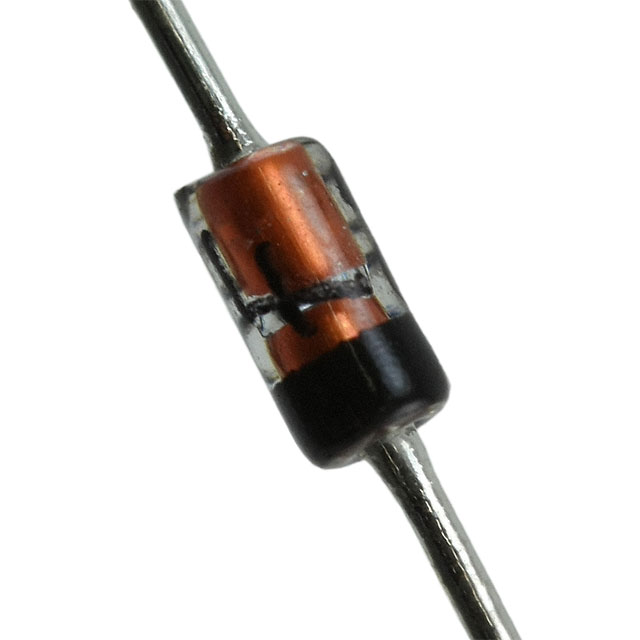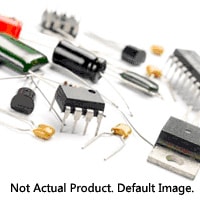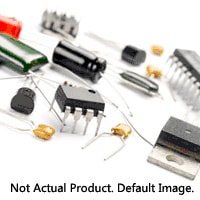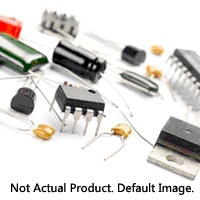News
Blueschip Diode Characteristic Description and Solution Supply
- Author:Blueschip
- Source:Blueschip-store.com
- Release on:2021-02-27
In almost all electronic circuits, semiconductor diodes are used. Current can only flow in from the anode of the diode and flow out of the cathode. They play an important role in many circuits. It is one of the earliest semiconductor devices, and its application is very wide.
Type of diode
1.According to the semiconductor materials used, they can be divided into germanium diodes (Ge tubes) and silicon diodes (Si tubes).
2.According to its different uses, it can be divided into detection diodes, rectifier diodes, voltage regulator diodes, switching diodes, etc.
3.According to the die structure, it can be divided into point contact diodes, surface contact diodes and planar diodes.

TVS DIODES 45V 72.7V DO204AC
The most important characteristic of a diode is its unidirectional conductivity. In a circuit, current can only flow in from the anode of the diode and flow out of the cathode. The following briefly describes the forward and reverse characteristics of the diode.
The forward characteristic of the diode:
In electronic circuits, if the anode of the diode is connected to the high potential end and the negative electrode is connected to the low potential end, the diode will be turned on. This connection method is called forward bias.
When the forward voltage applied to both ends of the diode is very small, the diode still cannot be turned on, and the forward current flowing through the diode is very weak. Only when the forward voltage reaches a certain value, the diode can be turned on. The voltage across the diode remains basically unchanged after it is turned on, which is called the "forward voltage drop" of the diode.

KIT DIODE 10EA OF 10 VALUES
Diode reverse characteristics:
In an electronic circuit, the anode of the diode is connected to the low potential end, and the negative electrode is connected to the high potential end. At this time, almost no current flows in the diode, and the diode is in an off state. This connection method is called reverse bias. When the diode is reverse-biased, there will still be a weak reverse current flowing through the diode, which is called leakage current. When the reverse voltage across the diode increases to a certain value, the reverse current will increase sharply, and the diode will lose its unidirectional conductivity. This state is called diode breakdown.





